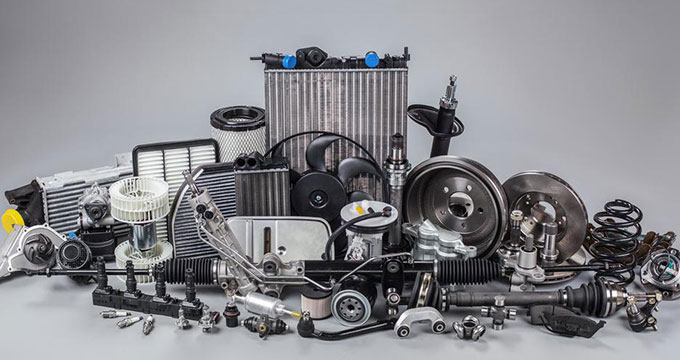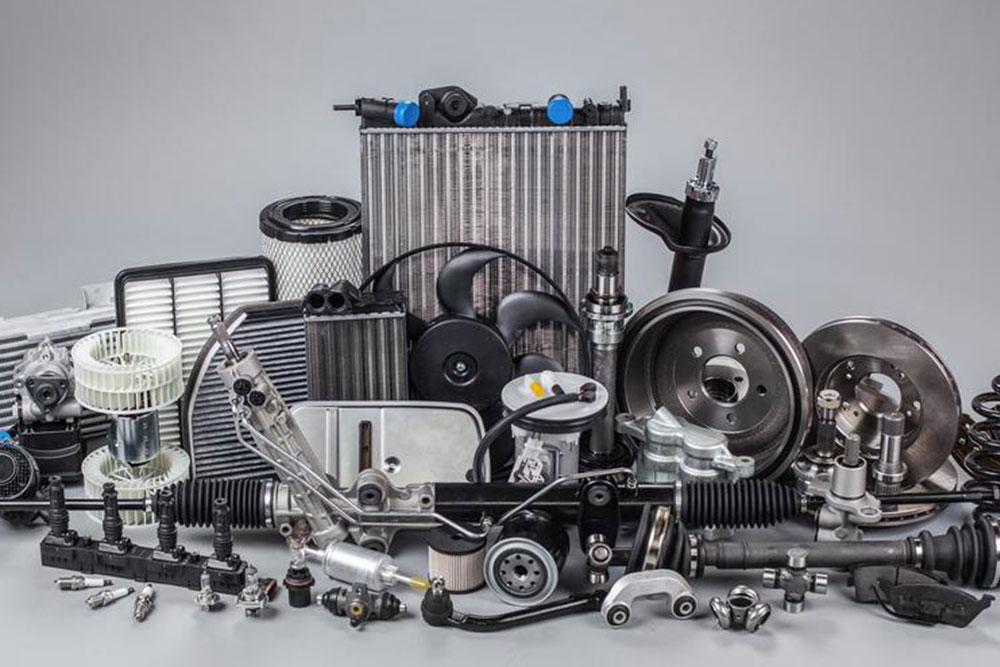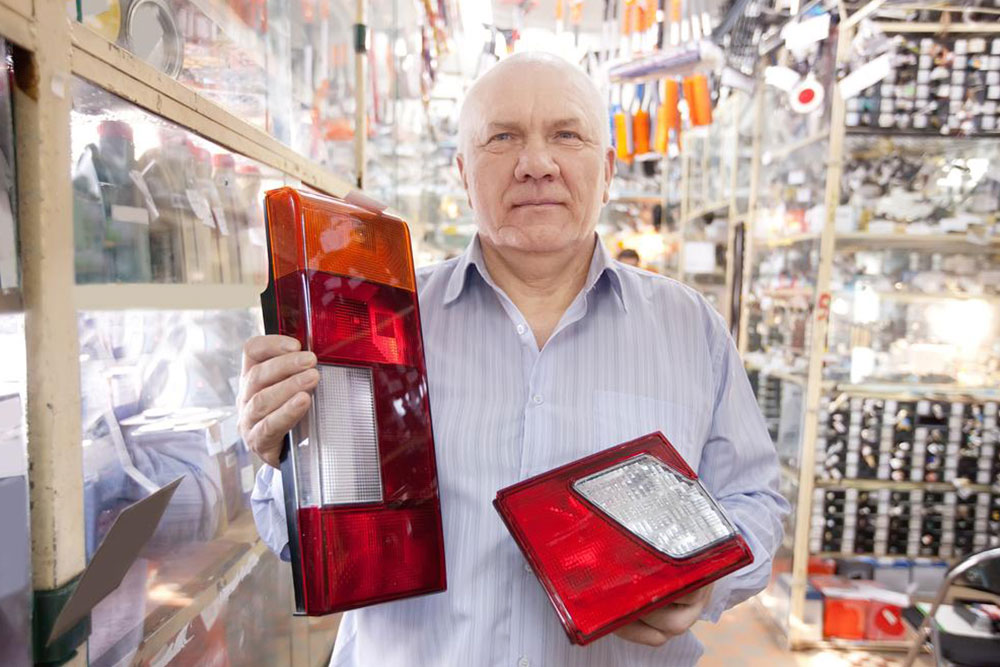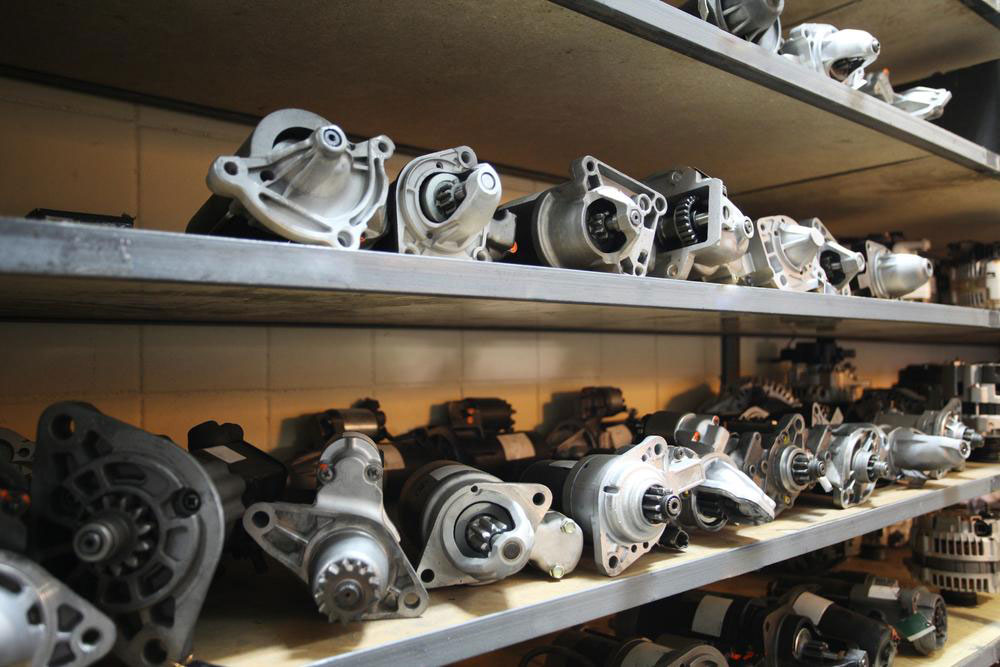Simplified Guide to Purchasing Car Spare Parts
The article guides car owners on how to choose between OEM and aftermarket auto parts, emphasizing cost, quality, warranty, and safety considerations. It highlights the importance of sourcing parts from reliable suppliers to ensure vehicle performance and longevity, whether for routine replacements or major repairs. Cost-effective options like aftermarket parts are suitable for frequent replacements, while OEM parts are recommended for safety-critical repairs and maintaining vehicle value.
Sponsored

Owning a vehicle represents a significant financial commitment. Whether you buy a used or new car, regular maintenance is key to maximizing its lifespan and performance. Proper upkeep involves routine inspections and timely replacement of worn or damaged auto components. To ensure quality and durability, always source auto parts from trusted suppliers.
Where to Find Auto Parts
When shopping for auto parts, you can choose between OEM (Original Equipment Manufacturer) parts from authorized outlets or aftermarket parts produced by third-party manufacturers.
Many aftermarket auto parts are obtainable locally from nearby auto shops, mechanics, or gas stations. However, OEM parts may need to be ordered, as they are less readily available in some areas. Both options have merits—so how do you choose the best for your needs?
One key benefit of aftermarket auto parts is affordability. These parts are generally less expensive, with prices influenced by the brand. Researching various brands helps find quality options at reasonable prices. Beware of deals that seem too good to be true; verify quality before purchasing. Sometimes, aftermarket parts can match or surpass OEM standards, offering more choices at competitive prices.
A downside of aftermarket auto parts is that many do not come with warranty coverage. Nevertheless, some brands do offer warranties. OEM parts, sourced directly from the original manufacturer, typically provide a warranty and guarantee consistent quality. While OEM parts may be pricier, their guaranteed fit and durability justify the higher cost. They are especially suitable for critical repairs, including body panel replacements, where safety and proper fit are essential.
Choosing Between OEM and Aftermarket Auto Parts
Frequently replaced parts like tires, batteries, light bulbs, or oils are often more cost-effective when bought aftermarket since they require regular changing. These can be purchased easily from reputable auto parts suppliers after checking their reliability. For vehicle repairs involving collision damage, OEM parts are preferred to ensure proper fitting, safety standards, and to maintain the vehicle’s value, especially for leased vehicles.






